Hi there. My name is Alexander Fomin, I'm from Russia. My wife Irina is working at Zheleznogorsk Local History Museum.
During the prepare of a museum's War Hall for 75th anniversary of Zheleznogorsk Region's Release (dating back to World War II), she found some photos related to those days and things that had happened. While she was looking for the origin of that photos, she found the blog dedicated to Panzer Regiment 35, and there were that photos for the origin of she was looking for.
So she would like to make an info exchange without any purpose but historical accuracy. She may share the info about the populated localities named in your messages as "Trojanowo" and "Mala Bobrowo" because these populated localities mentioned above are located in and near Zheleznogorsk Region and they are near to the city of Zheleznogorsk where we live. Some questions she would like you to answer, may fulfill the puzzle of that historical times.
If my offer is interesting to you, reply to this message please.
Our conversation/interested info may be in English (desirable) or in Russian language. Neither I, nor my wife do not know German, online translators may cause misunderstandings in some cases.
Desirely waiting for the reply.
Hallo. Mein Name ist Alexander Fomin, ich komme aus Russland. Meine Frau Irina arbeitet im Schelesnogorsker Heimatmuseum.Während der Vorbereitung der Kriegshalle eines Museums zum 75. Jahrestag der Befreiung der Region Zheleznogorsk (aus dem Zweiten Weltkrieg) fand sie einige Fotos, die sich auf diese Tage und Dinge bezogen, die sich ereignet hatten. Während sie nach dem Ursprung dieser Fotos suchte, fand sie den dem Panzerregiment 35 gewidmeten Blog, und da waren die Fotos für die Herkunft, nach der sie gesucht hatte.Sie würde also gerne einen Informationsaustausch ohne irgendeinen Zweck, aber historische Genauigkeit machen. Sie kann die Informationen über die bevölkerten Ortschaften, die in Ihren Nachrichten genannt werden, als "Trojanowo" und "Mala Bobrowo" teilen, da diese oben erwähnten Orte in und in der Nähe der Zheleznogorsk Region liegen und in der Nähe der Stadt Zheleznogorsk, wo wir leben. Einige Fragen, die sie gerne beantworten würde, können das Puzzle dieser historischen Zeiten erfüllen.
-------------------------------------------------------------------------------------------------------------------
Dear Alexander!I read everything very well!I understood everything!You may believe me that I will do anything to help you!It is an honor for me and my work to look for the traces of the past together with them.Where can I find "Trojanowo" and "Mala Bobrowo"
-------------------------------------------------------------------------------------------------------------------
18. März 2018 Die Dörfer Troyanovo, Deryugino und Malo Bobrovo befinden sich an der Grenze zwischen der Region Orlovskaya und der Kurskaya Region in 10-15 km Entfernung. Heute befindet sich in der Nähe des Dorfes Troyanovo, in dem wir leben, eine junge Stadt Schelesnogorsk. Zur Zeit des Zweiten Weltkriegs existierte die Stadt Zheleznogorsk nicht und das Territorium Zentrum war Mikhailovka sloboda. Vom 3. Oktober 1941 bis zum 3. März 1943 wurde dieses Gebiet von deutschen Truppen besetzt. Die Partizan-Bewegung war sehr aktiv - am 31. Dezember 1942, kurz vor dem deutschen "Jäger-Trupp" -Marsch-Wurf, wurde der Bahn-Bahnhof Deryugino zerstört (vielleicht war die Herleitung der "Jäger-Truppe" daran gebunden).
Die Operation "Eisbär" wurde vom Sonderkommissar General Adolph Heusinger vorbereitet und wurde 1942-1943 auf dem Territorium von Belarus und Russland durchgeführt. Hauptzweck dieser Operation war die Bekämpfung der Partisanen- und Intimitätsdelikte der Urbevölkerung mit dem Abbrennen der Dörfer und ihrer Bewohner, die in der Nähe der Wälder lagen. Im Oktober 1942 wurden auf dem Territorium der heutigen Region Zheleznogorsk mehr als 10 Dörfer auf diese Weise zerstört, mehr als 600 Zivilisten wurden niedergeschossen, aufgehängt oder lebendig verbrannt. Die Operation der Züchter wurde von Gestapo-Chef Zonderführer Paul Lawe, Gendarmerie Chiefs von Dmitriev Town und Mikhailovka Sloboda Schiffer bzw. Schprengel geführt. Die auf den Fotos abgebildeten Dörfer blieben unverbrannt.Die Fotos in Ihrem Blog wurden zu einer großen Überraschung. Es würde wahrscheinlich die maximale Information über sie bekommen: wer hat sie gemacht, welche Rolle hat der Fotograf gespielt, wie hast du diese Fotos angewendet, als die erklärende Botschaft gemacht wurde - während des Zweiten Weltkriegs oder danach? Irgendwelche zusätzlichen Informationen wären wahrscheinlich.
--------------------------------------------------------------------------------------------------------------------
Ich habe diese Fotos als Original-Negative vom ehemaligen Leutnant Grigat erhalten. Diese Bilder waren wichtiger Bestandteil der Suche nach unserem gefallenen Familienmitglied Hans Müller. Lt. Grigat war zu dieser Zeit bei der Stabskompanie Pz.Rgt.35 - Er hat die Bilder in seinem Archiv beschriftet. Sie sind lückenlos nummeriert und deshalb historisch wichtig. Teile des Panzerregiment 35 wurden immer wieder anderen militärischen Verbänden unterstellt und abkommandiert. So wird es auch beim "Jagdkommando Huzel" gewesen sein. 1943 bestand das I.Panzerregiment 35 aus 4 Kompanien und Stabskompanie. Die II.Abteilung war bereits seit 1942 in Frankreich. Die einzelnen Kompanien waren oft weit verstreut: Briansk, Karatscheff, Narischkino, Trosna, Llgov, etc. und wurden oft verlegt.
-----------------------------------------------------------------------------------------------------------------------
 |
| Mala Bobrowo - Trojanowo - Bahnhof Derjugino ist jetzt nicht mehr zu finden. Teil von Sheleznogorsk |
 |
| Übersichtskarte |
 |
| #45 im Archiv Hptm. Huzel und Lt. Burkard |
Immer wieder wurden Teile des Panzerregiment 35 zur "Bandenbekämpfung" anderen Einheiten unterstellt. Das hatte auch den Tod unseres Familienmitgliedes Olt. Hans Müller verursacht. Selbst ein Divisionskommandeur konnte nichts gegen diese Strategie unternehmen. Die Einheit wurde ständig zerrissen und zu Brennpunkten verlegt, da Infanteristen nicht gerne ohne Panzerbeteiligung kämpften und durch ihre Anwesenheit ein Gefühl der Sicherheit erhielten.
Wer wissen will, was sich hinter der Front ereignete möge dies lesen:
 |
| Hauptmann Huzel Mai/ Juli Raum Oserskaja 1942 |
 |
Several months ago two photos were explored by Zheleznogorsk local history museum. They were signed "German Jagd-Commando passes through Troyanovo village". The photos and their signatures called out many questions to them from museum's co-workers. The big issue work was expected, and it brought surprising results
Signings on the photos: upper - "German soldiers are loading their sledges and equipment on the platforms at Deryugino station. 25th of January,1943"; at the bottom - "Germans making a march-throw via Troyanovo" (left one), "Places of the march-throw via Troyanovo nowadays" (right), "Alexandra Egorovna Rodina (one of the oldest inhabitants of Troyanovo) helped us to determine the place where the films had been made" (common, at the very bottom of the page).
Photos will tell about the history It seemed that about the Great Patriotic War was known very well but the new documents and evidences being discovered.
So it hadhappenned to this photos. While looking into german soldiers' smiling faces, it was hard to believe that they didn't take part in a jollycountry-skiing over Russian snowy vastnesses.
Each of them was a man hunt participator, which was held in 1941-1943 at the Mikhailovka region's territory.
From the historical course we know that in times of the Great Patriotic War in the north of Kursk Region arose Dmitrovsk-Mikhailovka zone, where Dmitrovsk, Dmitriev, Mikhailovka, Trosna and other partizan squads had been acting.
Partizans kept german occupants on guard all the time through, restraining the invaders every time of the day or the night. Partizans did their best to destabilize the situation at 2nd German Tank Army's rearward, which was responsible for the support of "new order" at the territories of Oryol, Bryansk and Kursk Regions.
Until the end of 1941, german headquarters didn't pay proper attention to "forest bandits". But, as partizan movement was getting stronger, guard troops were actively forming. Here are some data, in the evidence of previous words: german sources said that in 1941 78 guard troops acted against Soviet partizans, in 1942 there were 140 of them, in a first half of 1943 - already 270 guard troops. Despite of all invaders efforts, by 1943 the situation in the occupied regions of USSR began to get out of hand. The 2nd German Tank Army commandment began to pay a special attention to anti-partizan missions, the purpose of which was destruction of rebellion's outbreaks. Periodically sanctionned demonstrative punitive expeditions with forefront unions' assistance. In so-called 'patrizan clear-outs' of occupied territories also the Jagd- Commando were actively used. Most times they were used for battle explores or searching for the partizans in forests. Mainly, such destroyers' mobile groups were formed with penals which had got hunting instinct and survival skills. Good war skills wasn't desired to them.
Since December of 1942, united partizan troops of north-west regions of Kursk Region began to attack german garrisons more frequently.
That time polce departments at Alyoshino, Malo-Bobrovo, Ostapovo, Pogodino and some others were destroyed. By 2nd of January,1943 partizan raid over Deryugino station took place. After two hours of the assault, railroad, switches, water tower, semaphores, freight train were blown up and all of communication lines were destroyed. The station was inactive for 3 days. As the result of the events mentioned above, the real threat of seizure and destruction of important transport node, through which Wehrmacht military echelons were moving to the forefront, had arisen. In addition to the policemen and forefront unions, the Jagd-Commando of 35th Panzer Regiment of 2nd Wehrmacht Tank army also took
part in the mission. All of 1942 the regiment took part in defensive combats in Oryol Region, and after that it took part in unsuccessful - for the germans - Kursk Battle. Movement of that exact JagdCommando was imprinted on the photos acquired by the museum. As it became known during the issue work, these photos were not the only ones. In a private archive of a little german town there is a film roll with photos of that days. During intensive correspondence with film negative's owner we discovered an amazing story of these photos. A few dozens of photos are telling us about soldiers and officers of Captain Huzel's Jagd-Commando's weekdays. The photos were made on January of 1943 by another participant of march-throw and the member of JagdCommando - nonpro photographer, Leutenant Wilfred Grigat. He saved original
negatives and shared them for the issue works to its present owner - Hans-Juergen Zeis. The detailed, film-by-film register was attached to it. Thanks to german pedantism and accuracy affection, we can exactly say that photos were made at Malo-Bobrovo, Troyanovo,
Deryugino localities during the days of ending of the 2nd "White Bear" mission (took place during 11-24 of January, 1943). Our german colleague-researcher Zeis helped us with the decipher of the register written in German as well as naming each of the filmed officers.
Film maker shared us the memories about those days: "At the very beginning of the "partizan hunt" we couldn't get any result. Therefore, policemen had been sent and they began to interrogate locals". On the last films of the roll german soldiers are loading their sledges and equipment on the platforms at Deryugino station. On 25th of January,1943 after mission's completion, mobile anti-partizan group had moved for the rest.
"White Bear" mission didn't bring the expected success, though partizans incurred big losses. More than one month later the territory of Mikhailovka region would be free from occupants. Meanwhile, calm and relax "hunters" on the film were sure that situation was under
control. Fom the history of the Great Patriotic War we know that, despite of occupants' efforts, partizan movement haven't been crushed.
Jagdcommands, due to their better skills, received tactical results and overcome partizans, but it didnt't work in total. German commandment couldn't restrain partizan movement only with military means. For effective struggle against partizan squads the locals' support on the occupied territory was strongly required. But, after punitive missions during which whole localities were destroyed, germans hardened more against themselves the inhabitants of the occupied regions.
During the research, we received the answer on the another question that had not been asked: What memories about that war do the citizens of nowadays Germany keep in mind?
Hans-Juergen Zeis: "I have never heard that russians were called evil or bad. All the veterans said that russians sufferred silently and they deserved our respect".
The Great Patriotic War ended 73 years ago. Each Russian knows about the great price paid for the Great Victory, about that fact that the war is fearsome any way. Today, our common goals are to keep the memories about that war and to make our best for not occur this again.
-------------------------------------------------------------------------------------------------------------- Wir gedenken zur Zeit des dreissig jährigen Krieges, der vor 400 Jahren begann und bis heute nicht genügend aufgearbeitet wurde. (Forscher sprechen vom "schlimmsten Krieg der Weltgeschichte" wenn es denn solche Vergleiche überhaupt gibt) Alle Grausamkeiten, alle Verwüstungen begannen damals in gleicher Weise und gipfelten in der Auslöschung großer Teile der Bevölkerung. In manchen Gegenden 50 -60% In Tagebüchern von damals erkennen wir, dass die Grausamkeiten und Kriegspraktiken sich gleichen. "Der Krieg ernährt den Krieg!" Napoleon griff auf alte Erfahrungen zurück. Die alten Soldaten erinnerten sich an "Verdun"* als sie an den Brücken der Pronja das russische Artilleriefeuer durchlebten! Alles beginnt harmlos. Mit einem Nichtangriffspakt, mit Diplomatie, manchmal mit einem Fenstersturz wie in Prag. "Die Dinge sind soweit gekommen, dass alle Kriege, die in Europa geführt werden, sich miteinander vermischt und zu einem einzigen geworden sind" König Gustav Adolf 1627 * https://de.wikipedia.org/wiki/Schlacht_um_Verdun ( Frühe Jahrgänge hatten an der Schlacht, als Soldaten im 1.WK teilgenommen) |




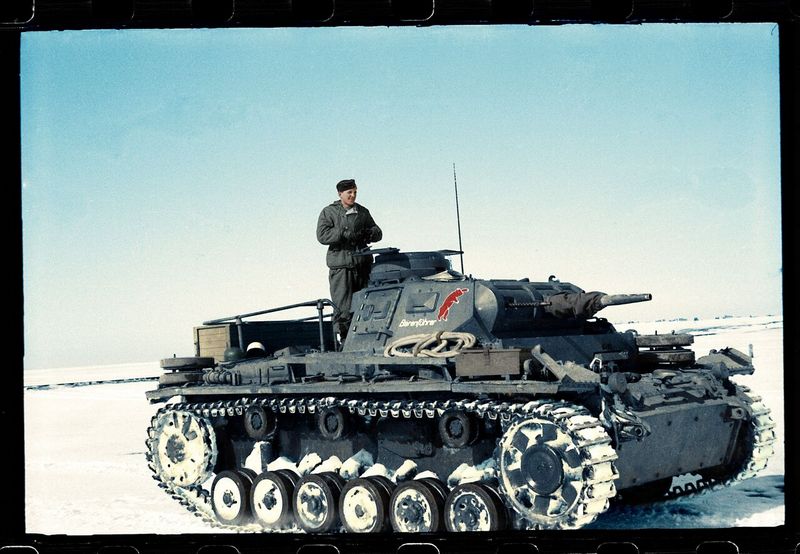











































































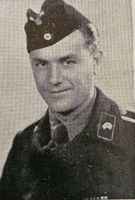

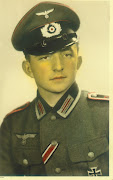














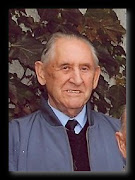









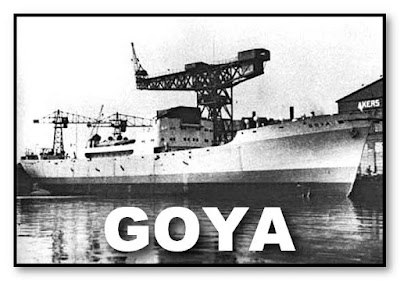

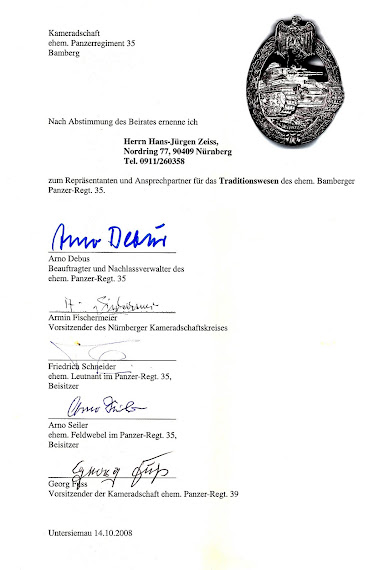
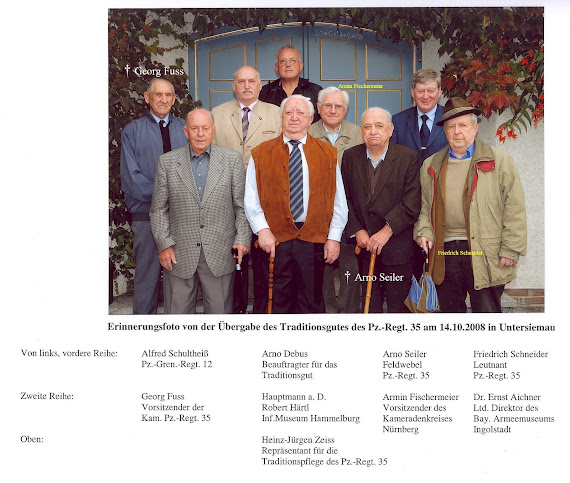

Keine Kommentare:
Kommentar veröffentlichen